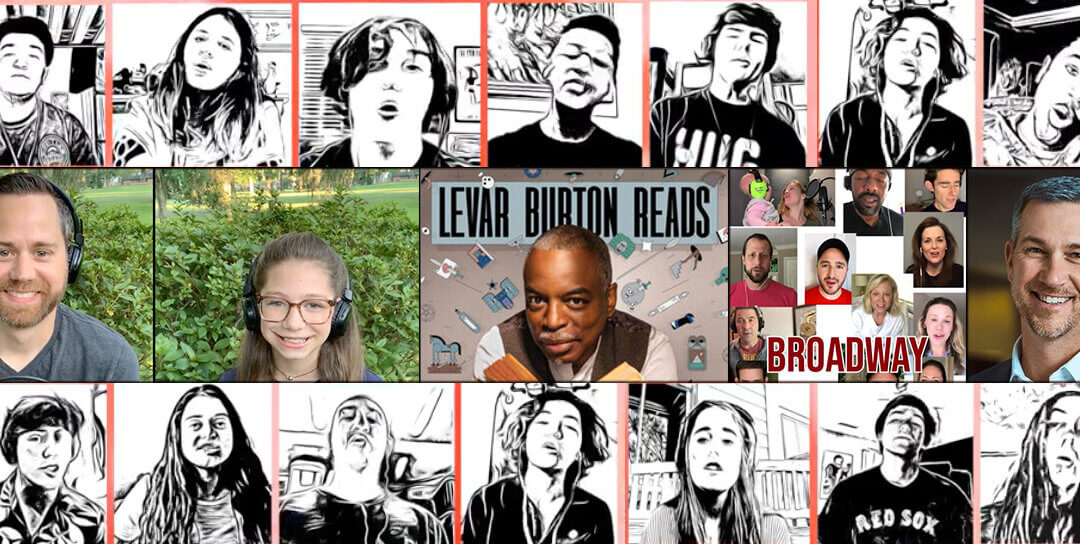Recently, I had the privilege of attending an International Maxwell Certification (IMC) conference, including a full-day think tank with John Maxwell before the conference. While I’ve been through the certification process before, I have committed to attending these conferences to stay plugged in to new ideas and to help new leaders who are just getting certified. The wisdom and insight gleaned from each of these opportunities is always tremendous. This time was no exception!
One of the key leadership strategies discussed at the conference is fundamental to long-term success in any enterprise: developing a contagious vision. Based on what I’ve learned from John and what I’ve seen in my time as a leadership coach, developing a contagious vision involves a three-part process: casting, connecting and carrying.
Casting the right vision
When we talk about a “right” vision, we’re not talking about moral or intellectual perfection. Sure, we want our vision to be good and true and as mistake-free as possible. Still, we need to understand that not every great vision is the right vision for every person. The sooner we know which vision is right for us, as well as which people are right to help us develop that vision, the better it is for all involved. Because of this, vision casting is as much – or more – about the receiver as it is about the caster.
If we’re fishing, it helps to know what bait to use and where the fish are biting. Casting a vision comes with similar requirements. We need to know what people are looking for, where they are looking for it, and where they hope it takes them.
If our vision isn’t what a particular person wants or what they’re looking for, no amount of finesse or cajoling will earn us buy-in. So, when we seek to share our vision, we need to first ask what people are after, and how our vision helps them get there.
Developing vision connectivity
In many cases, people will not grab hold of our vision on the first cast. They might not understand what we’re saying or where we’re going. They may not see how it helps them get where they want to go on the first pass either. This is not failure…it’s just part of the process. Most people don’t go all in for a vision the first time they hear it. They may be curious. They may genuinely want to know more … however, expecting an immediate commitment is usually asking too much. Often, even honestly interested people will walk away from a leader who demands buy-in before people understand how the vision benefits them.
The key factor here is relationship. We don’t build relationships in one conversation. They’re built over time, through many interactions. In this way, communicating a vision is similar to a marriage proposal. We don’t pop the question on the first date and expect to get a “yes,” right? That comes after investment in connection. A person really proposes in a million tiny ways before they actually ask The Question. It’s in the way they listen, how they prioritize their time and their resources, and how much of themselves they invest in getting to know that other person.
Vision connection works a lot like that. It begins with the questions we talked about earlier:
- What do they want?
- Where are they looking for it?
- Where do they hope it takes them?
Understanding how interested people would answer these questions is vital to helping them shift from “vision curious” to “vision carrier”.
Creating vision carriers
When we understand what a vision will do for us, we’re much more apt to participate in bringing that vision to life. Often, that process begins with a dynamic shared experience. This could be a team victory, attending a conference together or simply working together to accomplish something that matters. That combination of shared time and positive results is priceless.
Still, sharing time and getting wins is not enough. People need to know how important our vision is to us and to see how it’s working in us and for us before they’ll take the risk to see if it will work for them.
Once people are curious about our vision, they will watch closely to see how committed we are to that vision. Do we believe in our vision enough that it’s changing us, helping us grow into it? When people see our vision having a positive influence in our lives, they will ask themselves the first question that triggers the shift from vision curious to vision carrier: “What could this vision do for me?”
Has there been a time in your life where a vision was so powerful, it inspired you to become a better version of yourself? I’d love to hear your story. Leave a comment or share it with me here.

Creative leaders making a difference
Creative leaders making a difference How the cast of Jersey Boys, the PorterBellas, the Babineauxs, LeVar Burton, Tony Coppola, and AT&T are creating ways to spread joy. The news that some cities and states across the country are “opening up”...

These leaders are making a difference
These leaders are making a difference How John Krasinski, Mat Shaw, Mark Baillie, Karsten Tüchsen, Todd Jones, and Carol Aberizk are finding ways to meet challenges, spread joy, and inspire hope In these times, we have a lot to distract us and bring...

Maintaining Focus and Building Momentum in a Time of Crisis
Turn on the news during this pandemic, and examples of leadership, good and bad, are there for all the world to see. From local officials trying to balance the health of their constituents while protecting the future of their community; to military officers at odds...

Leading Through a Crisis: Chaos, Clear Thinking, and Compassion Fatigue
Leading Through a Crisis: Chaos, Clear Thinking, and Compassion Fatigue How to protect our minds when crisis threatens to replace what we know with what we see Two months ago, none of us knew 2020 would be the year of COVID-19. Yet here we are. Life in the...


0 Comments